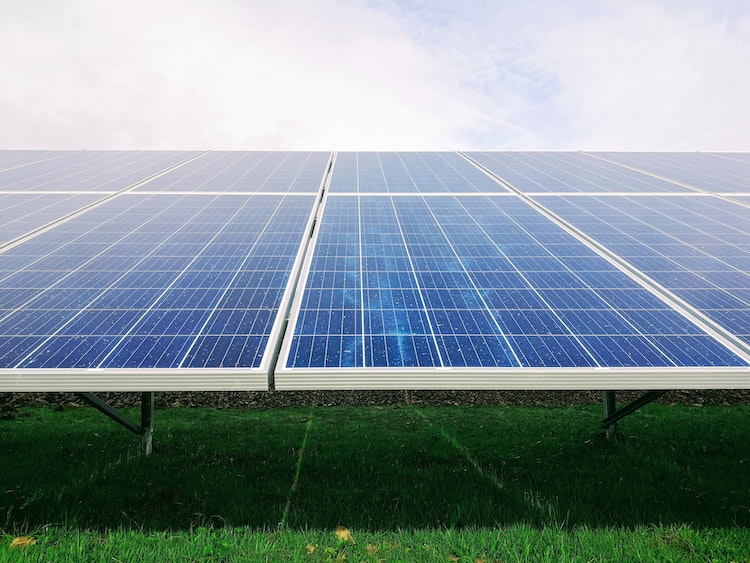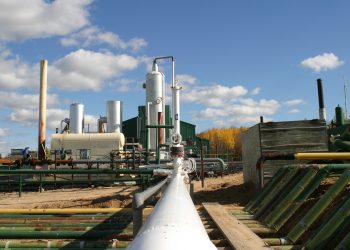
Local community solar projects enhanced by one-stop shop digital systems are set to play a crucial role in the global energy transition
By Luisa Matos and Sofia Pinto Barbosa
The History of Civilization is in many ways the History of Energy. Innovations in energy shaped our progress, from animal force in agriculture, to steam and the fossil fuels that built our modern world. The control of energy has been a key – some say the key – factor in geopolitics and capitalism. Energy and history are thus deeply intertwined.
Innovation in renewable energy is obviously important but not only to fight climate change. Innovation in this area also boosts our progress towards more democracy, inclusiveness, and decentralization by reducing dependency on centralized producers and monopolies.
Spectacular decreases in the price of solar and wind energy, combined with advances in digitalization, are opening new ways for citizens to participate in the energy system. At a local level, citizens, either individually or through cooperatives, communities, or small businesses, can become owners and managers of energy resources. Digital solutions are unshackling a growing number of ‘active consumers’ and prosumers, thereby accelerating the development of local smart grids and even helping to cost-effectively balance larger regional grids.
In Europe, studies estimate that by 2050 half of all citizens across the European Union could be producing their own energy and about 45% of Europe’s renewable generation assets could be owned by collective projects including small businesses, households, and public entities (JRC 2020). We are witnessing the start of an unprecedented paradigm shift and a true revolution across the global energy sector.
Local community co-ownership schemes already engage citizens in energy-related topics and raise citizen acceptance of renewable energy in their proverbial backyard. In Europe, more than 3700 community energy initiatives already exist, mostly in Germany (1,750), Denmark (700) and the Netherlands (500). Many of these communities enable citizens, small companies, and public authorities to invest collectively in renewable energy projects at a local level, sharing both costs and benefits. While financial benefits in the form of savings in the energy bill are a strong incentive to engage citizens in these communities, other intangible benefits also play an important role. Environmental concerns, energy security, and the sense that one is adding value to their local community represent strong drivers.
Increasingly citizens are accepting and consenting to massive investments close to home. Just think of solar panels and wind turbines: current projections indicate global growth in these technologies from 4.5% in 2015 to 60% in 2050 (IRENA). Local ownership can catalyze social acceptance of renewable energy projects, which tends to accelerate permitting and over time enable access to better locations which, in turn, further accelerates the deployment of more cost-effective projects – and so a virtuous cycle picks up.
Although energy communities have been primarily built around energy generation projects, the scope of these communities has also been expanding into areas such as e-mobility and the provision of flexibility services back to the grid. All these developments are triggering the rapid emergence of new and exciting business models. Energy communities also open the door to cheaper financing conditions and vehicles (think crowdfunding), as citizens may waive higher financial yields in exchange for other socio-economic benefits, such as local employment or helping to reduce energy poverty in the region.
In all cases, digital systems play a critical role for the successful deployment of these new business models. Key innovations in grid-edge tecnologies, including digital advances for behind-the-meter applications and grid networks, combined with cost reductions in distributed energy resources are enhancing the energy transition in important ways. Advanced digital systems provide a vital means of exchange of information, services, and assets, thereby changing the business architecture in the energy sector and redefining the boundaries of energy markets. In short, these technologies allow a truly decentralized distribution of value across local communities.
Recent advances in IoT, Cloud computing, AI, machine learning and cybersecurity are also changing the consumer experience. Local communities and businesses now have access to economically viable tools for managing and optimizing their renewable energy generation, integration of energy storage and ways to monetize load shifts and peak shaving in real time. Consumers are no longer passive recipients of energy, rather they are active contributors and increasingly interested in value-add services beyond simply receiving energy. By individually or collectively owning energy production units, such as solar panels and storage devices in the form of electric vehicles or small batteries, consumers can participate in new revenue streams by selling energy to the community and market balancing services back to the grid.
One-stop shop energy management systems are an essential ingredient for this type of active participation in local energy markets. Seamless interoperability between systems that control discrete assets at specific consumer locations and systems that aggregate and manage collective energy needs in real time across a given community, combined with systems designed to help balance the grid is the only way to ensure the safety, productivity, efficiency, resilience, and sustainability of decentralized energy systems.
To make all this a reality, we also need an enabling regulatory framework, one that favors citizen-led initiatives. In the EU, the Clean Energy Package adopted in 2018, provides a legislative framework that fosters self-consumption of renewable energy and energy communities. EU citizens and small businesses, individually or organized in communities, will be able to produce, consume, store, sell and share with their peers, renewable energy, without being subject to disproportionate or discriminatory charges. This is already a first step in the right direction. Other aspects to look out for include mechanisms aimed at ensuring that communities and individual citizens can truly reap the benefits of innovative digital technologies, notably through greater cost efficiency in matching demand and supply and by helping to reduce grid management costs.
Across the globe countries, companies and local communities are seeking to reach net-zero emissions by 2050. While the goal is achievable, the path ahead is complex and requires bold actions in several sectors, including energy, transport, industry, commercial real estate, and infrastructure, enabled by equally ambitious developments in energy policy, as well as economic, social, and legal frameworks. Inevitably Energy Communities and community solar projects will play a crucial role in meeting the target for in the words of Margaret J. Wheatley: “There is no power for change greater than a community discovering what it cares about.”
About the Authors

Luisa Matos is CIO & Co-Founder, MD Digital Services at Cleanwatts. She is an economist with an MSc, MBA, Oxford DIPSI, and PhD in Energy BMs and Digital Transformation. Luisa has over 15 years in senior management, business and innovation strategy, R&D, MKT and product development, capturing 16M€ European funds for +65 R&D and product projects.

Sofia Pinto Barbosa is MD Capital Services & Energy Policy at Cleanwatts. She is an economist with 20+ years of experience in EU energy and financial sectors including EU Commission DG Energy (2016-2020), contributing to policies and financing instruments to accelerate the energy transition. Prior to EU Commission, Sophia served as Head of Clearing and Chief Risk Office of the Clearing House of the Iberian Power Derivatives Market.






